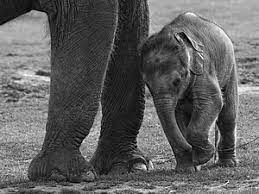Endotheliotropic Herpesvirus Subtypes:

Study of endotheliotropic herpesvirus subtypes (EEHV) might help in the development of diagnostics & therapeutics.
- The research the study of the determinants, occurrence, and distribution of the disease can help develop sero-diagnostics, vaccines and therapeutics against the disease.
- The study by ICAR-Indian Veterinary Research Institute (ICAR-IVRI), Izatnagar, Bareilly, supported by Science and Engineering Research Board (SERB), an attached institution of Department of Science and Technology, has found the exact status of EEHV and its subtypes circulating among Asian elephant population in India.
- Endotheliotropic herpesvirus subtypes (EEHV) is a type of herpesvirus that can cause a highly fatal haemorrhagic disease in young Asian elephants.
- When EEHV is triggered, the elephant dies of massive internal bleeding and symptoms which are hardly visible.
- EEHV belongs to the Herpesviridae family and specifically affects elephants.
- It comprises several subtypes, with EEHV1A being the most common and associated with severe disease in young Asian elephants.
- EEHV1B and EEHV2 are also identified but with varying prevalence and impact.
- Each subtype may exhibit genetic diversity, contributing to differences in virulence and disease manifestation.
- EEHV spreads primarily through contact with infected bodily fluids like saliva, blood, or urine.
- Diagnosis involves various methods, including PCR testing to detect the virus in bodily fluids, serology to identify antibodies, and biopsies for microscopic examination.
- There’s no specific antiviral treatment for EEHV-HD.




